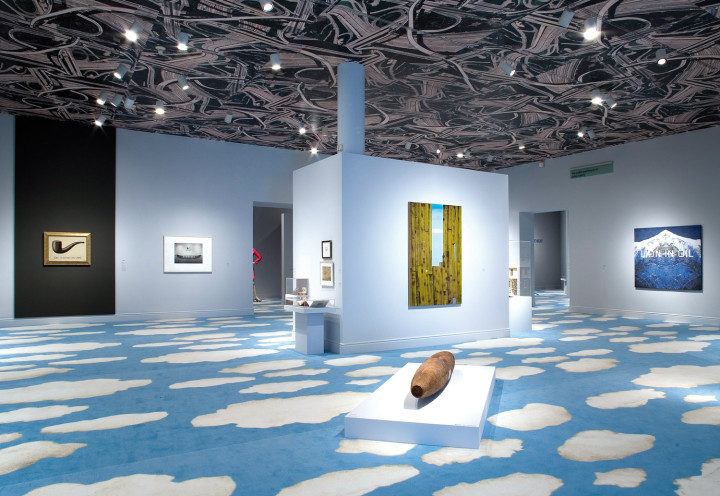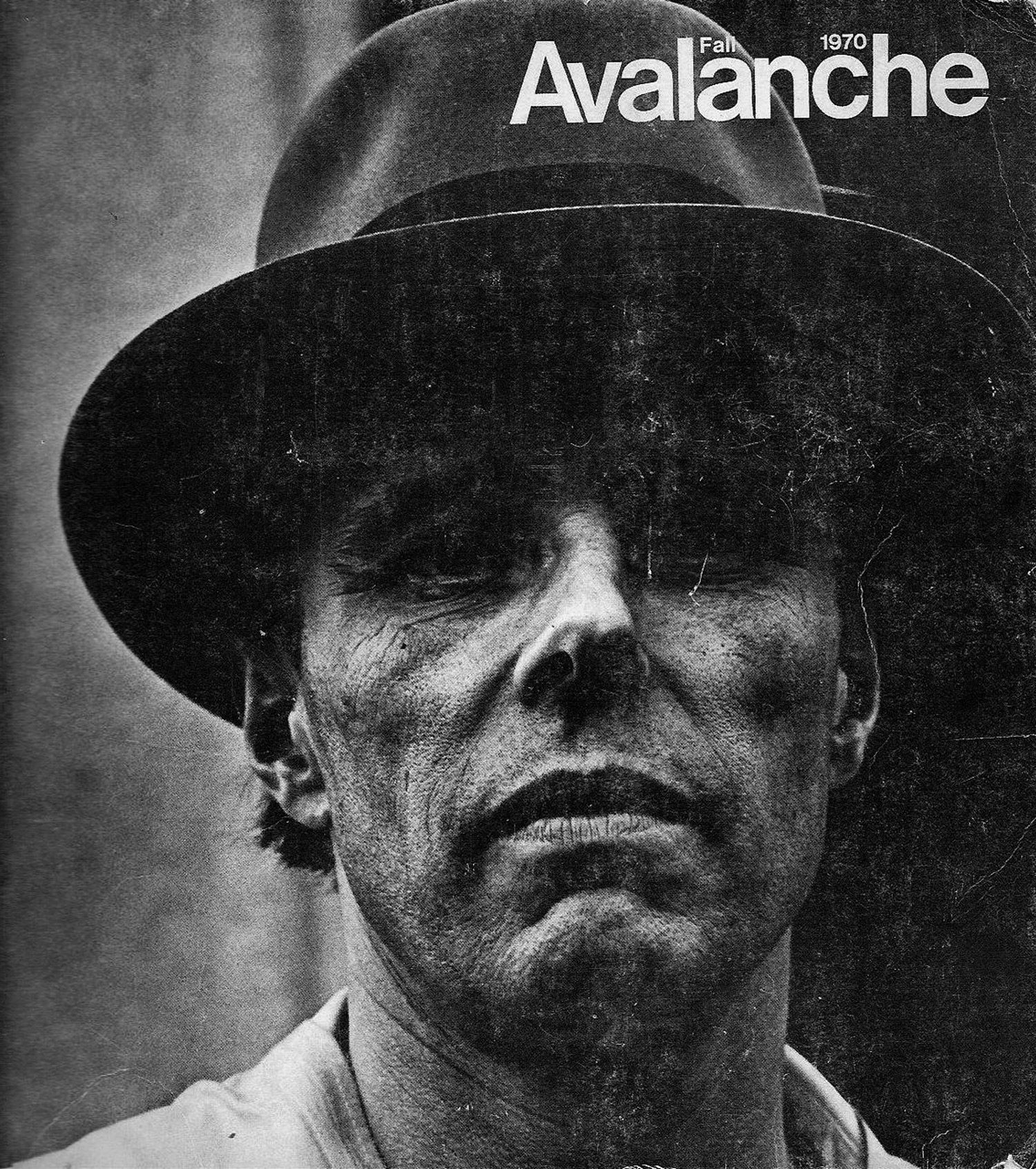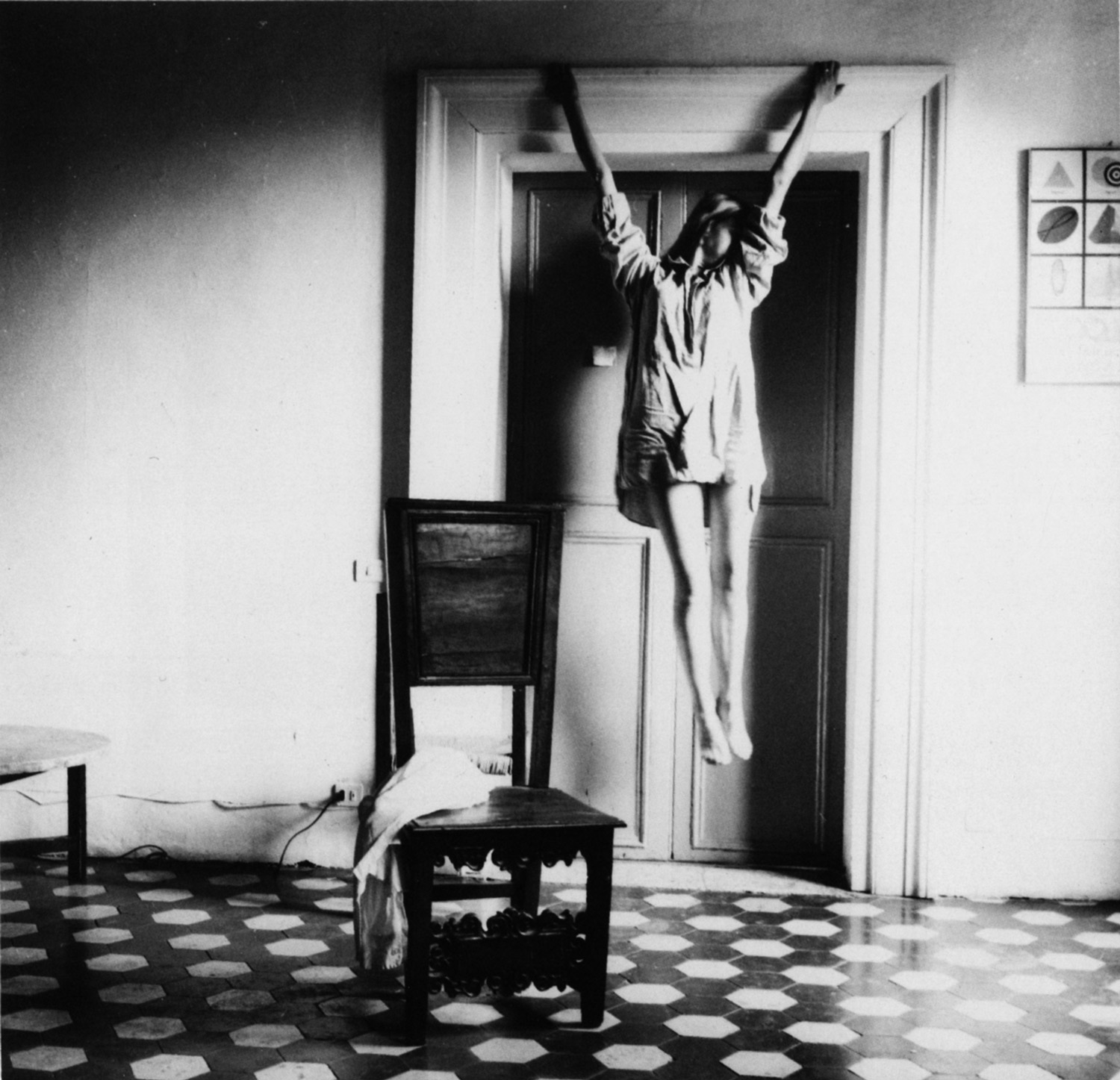
Oh, the kitschy cultural stigma of René Magritte. First glimpses of the artist’s work can reveal the magnetism of art and its mysteries. But subsequent encounters bear the same Magritte-made stamp, the same intention of making things strange. He is perhaps the art world equivalent of Wile E. Coyote: from his first pipe on, Magritte continually chased the so-called treachery of images, only to let his own devices predictably explode at his fingertips. Magritte, though, is a little less fun.
Perhaps this is why LACMA’s large exhibition falls short. It’s difficult to imagine many contemporary artists naming Magritte as a top influence, and it’s hard to see how his slightly dour spirit is subcutaneous to much of the ironic-comedic body of contemporary art. So it was curators Stephanie Barron and Michel Draguet’s task to make the case for his influence. From the outset, the co-curators admit that many of the connections they forge are “circuitous.” But correlation does not imply causation, and when categories such as “Words and Images,” “Shifts in Scale and Material” or “False Likeness” depend on flimsy connections, the result is a sieve. These wanting links make Magritte less and less relevant, and highlight the disjuncture between a self-serious artist like Magritte and subtle, witty contemporary heavyweights like Ed Ruscha, John Baldessari and Richard Prince. In other words, there is a distinct difference between arguing that Magritte influenced contemporary artists, and suggesting that if you like some of Magritte’s ideas you might like the work of others on display. Relationships based solely on tokens do little to dispel doubt: just because Jeff Koons cast the J&B scotch toy train into steel, it doesn’t mean that it was a direct or even indirect result of Magritte’s Time Transfixed (La durée poignardée) (1938). Additionally, the curators’ emphasis on the contemporary relegates the past to the past, therefore undermining the case of Magritte being of this 2007 moment.
It seemed a good idea that LACMA’s director Michael Govan lured Baldessari himself to enliven an exhibition so loosely curated. But even Baldessari’s post-curatorial design efforts give way to the trite. The shattered-door entrance, the New York screen shading a window looking out onto LA and the giant bilboquet column lay thick a Magritte-ified world. But the plush cloud carpets, freeway-addled ceilings and bowler hat-wearing guards push the gimmicks over the edge, reinforcing the stereotypical Magritte that Baldessari so wanted to subvert.
Admittedly, there’s delicious work in this show, although much of it has been seen before in other contexts. Ruscha’s Give Him Anything and He’ll Sign It (1965), Martin Kippenberger’s Punch VIII (1993) and Robert Gober’s Half Stone House (1979-80) are pleasing in person. And it’s a wonder to see how Eleanor Antin, Douglas Huebler, Ray Johnson and Jim Shaw directly engaged with Magritte’s imagery. Indeed, Magritte’s Periode Vache “bad paintings,” 40 years ahead of schedule, steal the show.
However, as we learn at the exhibition, when critics scowled at this radically conceptual “cow period,” Magritte slinked back to his pipes and bowler hats. (Notably, his “bad paintings” didn’t come to broad attention until the 1990s, after the rash of ’80s brushstrokes had begun.) Though Magritte warned of the treachery of images, he let himself be trapped by it. Especially in light of artists who ultimately appear to have outsmarted his tired tactics, this exhibition leaves us disappointed in Magritte. And, unfortunately, it’s hard to find influence in disappointment.





